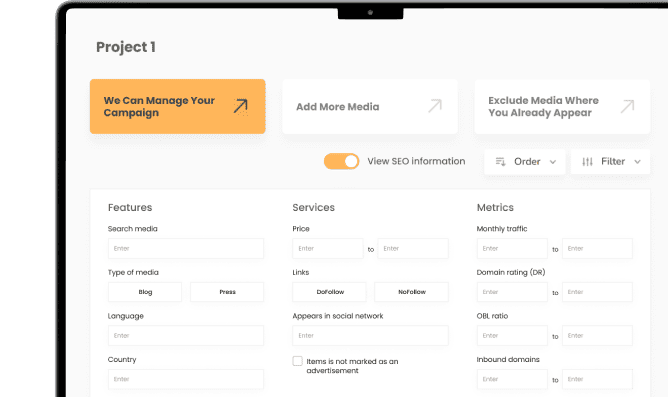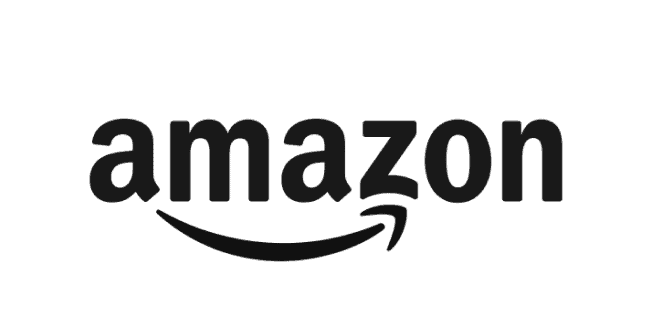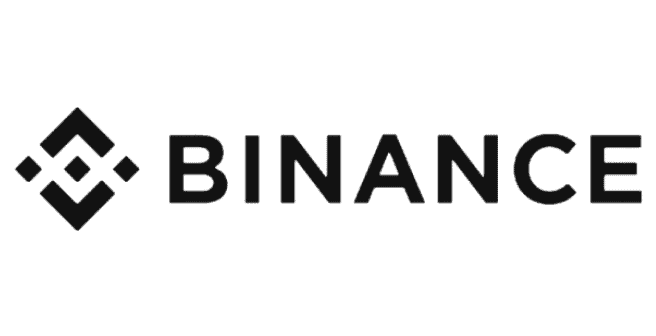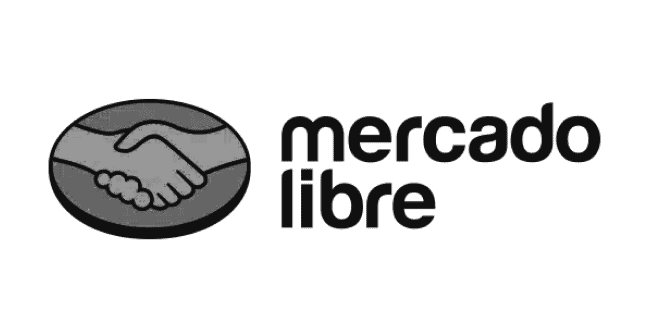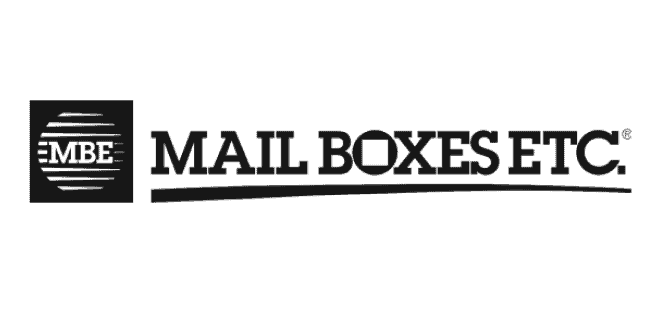Link building is one of the most effective strategies to improve a website’s authority and search engine ranking. However, not all media outlets are suitable for generating quality links. Investing in low-reputation media or those with artificial traffic can be more harmful than beneficial.
To ensure that the links obtained positively contribute to your SEO strategy, it is essential to evaluate the quality of a media outlet before making any investment. In this article, we will explore key metrics to analyze and provide recommendations to avoid common mistakes when selecting media for link building. All of this is based on data from our latest Annual Link Building, PR, and Media Study 2025.

What is Link Building and What is it For?
Link building is a fundamental SEO strategy that involves obtaining external links (backlinks) to a website with the goal of improving its authority and search engine ranking.
Google and other search engines use links as a signal of trust and relevance. A site with high-quality links from relevant media outlets has a higher chance of appearing in the top search results. In addition to improving rankings, link building offers benefits such as:
- Greater visibility: A link from a media outlet with qualified traffic can attract new users to your site.
- Increased authority: Links from reputable sites strengthen your page’s credibility.
- Better indexing: Google crawls and indexes pages linked from reference sites more quickly.
- Traffic generation: A good link can drive relevant visits that may convert into potential customers.
Given its importance, link building must be carried out strategically, ensuring that only high-quality media are selected for the best results.
Key Metrics to Evaluate a Media Outlet
To determine the quality of a media outlet, fundamental indicators such as traffic, thematic relevance, media stability, and publication costs must be analyzed.
1. Qualified Traffic
It is not enough for a media outlet to have a high traffic volume; this traffic must also be qualified, meaning that users visiting the site should have genuine interest in its content. According to our Annual Link Building, PR, and Media Study 2025, only 36.1% of publications managed to attract qualified organic traffic, highlighting the importance of thoroughly analyzing a media outlet before investing.
Factors to Evaluate:
- Monthly traffic volume
- Geographic origin of traffic
- Most visited pages
- Percentage of organic vs. referral traffic
2. Thematic Relevance
The authority of a media outlet is directly related to its specialization in a specific topic. According to our study, topical authority is key to ensuring that links are truly effective.
Criteria for Evaluating Relevance:
- Thematic alignment with the business niche
- Content created by experts in the field
- Use of entities related to the sector
3. Media Stability
A media outlet with constant traffic drops may indicate Google penalties or unethical practices. Analyzing its traffic history helps identify potential risks.
Factors to Review:
- Traffic trends over the past 12 months
- Changes in visibility following algorithm updates
- History of penalties
| Media Status | Characteristic |
| Stable | Growth or flat trend with slight variations |
| Unstable | Sharp declines during Google update periods |
| Risky | Constant traffic losses without recovery |
4. Cost per Publication
The cost of publishing in a media outlet is a determining factor in the profitability of a link building strategy. According to our study, the average cost per publication varies depending on the media outlet’s traffic:
Reference Table:
| Traffic Range | Average Price (€) |
| Up to 20,000 visits | €81.33 |
| 20,001 – 75,000 visits | €220.65 |
| 75,001 – 200,000 visits | €302.21 |
| More than 200,000 visits | €455.01 |
| General average | €174.86 |
This metric is crucial for adjusting investments based on expected returns and avoiding overpaying for links in low-impact media outlets.
Recommendations to Avoid Low-Quality Media
To avoid investments in media with dubious practices, follow these strategies:
- Verify traffic sources: Some media artificially inflate their traffic with low-quality visits or bots. Tools like Ahrefs and SEMrush can help identify suspicious patterns.
- Analyze the quality of outbound links: If the media outlet links indiscriminately to questionable sites, it is likely selling links without control, which can lead to penalties.
- Avoid media with high thematic dispersion: Some sites attempt to attract traffic with irrelevant content, ranking for high-volume searches without thematic coherence.
- Check if it has been affected by Google updates: A traffic drop coinciding with algorithm updates is a red flag.
- Confirm the type of links offered: DoFollow links remain the most in-demand (98.72%), but a well-balanced link profile should also include NoFollow and natural links.
Investing in link building without first analyzing the quality of a media outlet can be counterproductive. Evaluating qualified traffic, thematic relevance, media stability, and publication costs enables informed decision-making and helps avoid penalties. Using SEO analysis tools and following best practices will ensure an effective and sustainable link building strategy over time.
Check out the full study here

